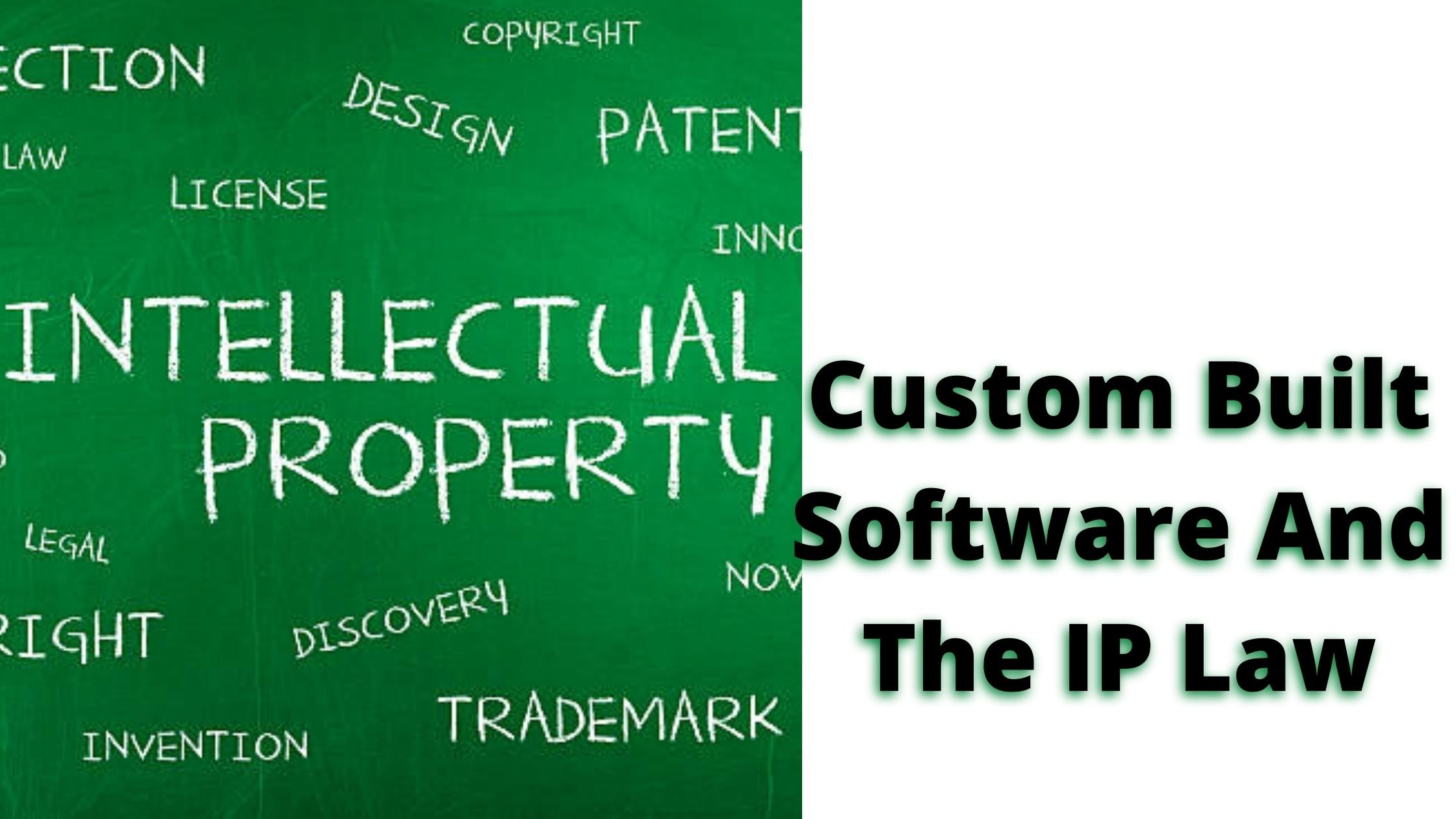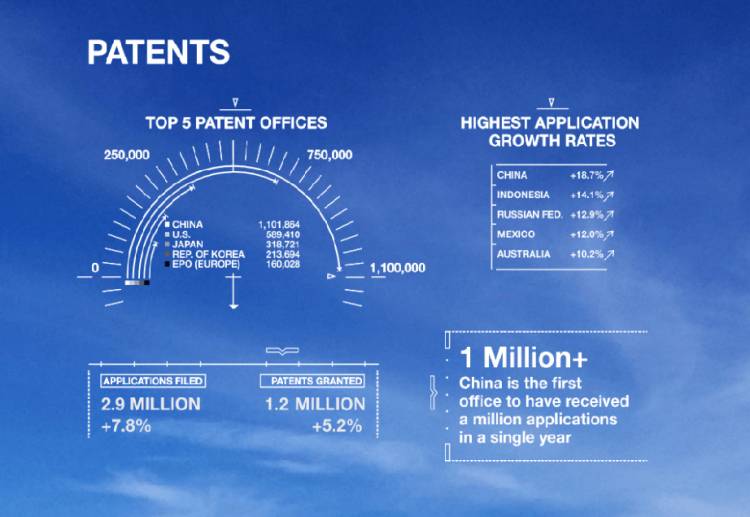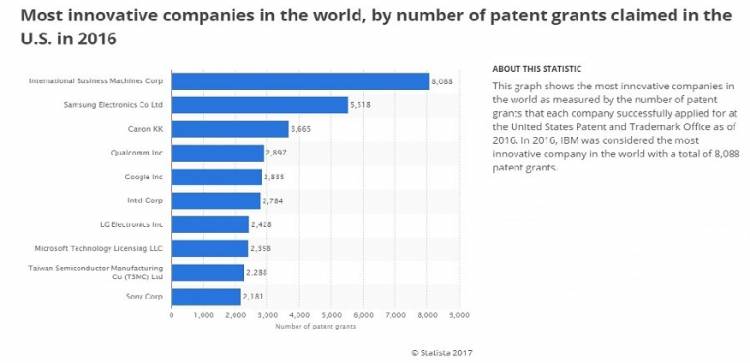Custom Built Software And The IP Law – What You Need To Know
The art of creating custom applications is alive and well amid the proliferation of hundreds of ready-to-use offline and online business apps. Businesses are developing custom apps for a number of purposes. Custom product development process requires five simple phases, whether you adhere to the standard software development workflow or an infinite number of variations in the agile development framework.

Introduction
The art of creating custom applications is alive and well amid the proliferation of hundreds of ready-to-use offline and online business apps. Businesses are developing custom apps for a number of purposes. Some are unhappy with the options currently on the market, others require very unique features or overall capabilities, security, and privacy problems are other primary factors of customized product creation. Custom product development process requires five simple phases, whether you adhere to the standard software development workflow or an infinite number of variations in the agile development framework. However, both methods contain separate situations in which intellectual property rights are concerned.
Possible Scenarios for IP Privileges
A global company would start designing new applications from scratch, while most small and medium-sized companies would take advantage of the currently accessible source code and expand on it. You may also pick an open-source project that is distributed under a license that gives you exclusive control to all newly created applications built on the original source code. Many software engineers are releasing those open source projects. They do not, though, encompass all market and usage cases related to custom apps.
You will need to buy the source code of your proprietary app or framework to build your project. But you need to make every attempt to explain what legal rights you have in regard to the programming code you have bought. For example, you will have the freedom to alter the code and use it in-house while the license may prohibit you from selling the code to third parties, even though a modification has been made. In addition, you can ensure that you have made an application that is considered a new product under international and local IP regulations.
Then you have to work with the user interface and all sorts of photos you use across your program or web framework. Derivative works based on other designers may create as much trouble as infringing copyright source code. Numerous stock picture providers include free photos, infographics, and vector graphics, but not all of them are equivalent. For example, some stock images and graphics do not grant a commercial license while others specifically do not grant a commercial license.
The same refers to fonts that you can choose to use. Fonts tend to be free to be used by anyone of any project, but this is not the case. Many fonts are free for personal and commercial use, but all of them are distributed through often obscure licenses that restrict the number of machines to which you can install the font, or even place a limit on the number of times a job involving the font can be viewed.
Intellectual property rights can apply to third-party information such as price lists, booking prices, tickets, and other information that tends to be of a public nature. The Terms of Use of the respective service provider prevent you from using their details in the custom software product that you are creating. Some services may request credit for the use of information, while others may prohibit the use of information entirely.
Another IP rights example is the location of the source code until the custom program is installed and running. If you host it yourself, you just need to determine how to pass the rights of access and possession to end-customers. If anyone is hosting the source code for you or your customer, you must fix any potential IP problems by stopping the host from creating an analog product or service.
The amount of specific situations that could include one or more of the incidents listed above is infinite. And you can also note that half the patent lawsuits around the U.S. are centered in the U.S. District Court in the Eastern District of Texas (E.D. Tex.) and the U.S. District Court in the Delaware District (D. Del.). Delaware is home to a large number of the world's electronics and software businesses.
Whether a Software is patented or copyright? To know more about, protection of software and websites under IP Law, see the given video -
Digging Deeper into the Dual Existence of Apps
And law professionals face difficulty in identifying software IP privileges under current legal definitions. Any software, including custom software, can be listed as protected by copyright, patent, or trade secrets. Computer goods consist of various components that typically come into different legal definitions, rendering the security and definition of derivative works a hassle. The WIPO Copyright Treaty (WCT), the ADPIC Agreement of the World Trade Organisation, and Directive 91/250/EEC of the European Council on the legal security of computer programs presume that the programming code is a literary work subject to copyright protection.
On the other hand, you may have two extremely distinctive source codes that result in the same features. Simply put, you may provide two software programs with a separate source code, but with the same performance and the same features. Different law challenges interpretations as to whether copying the usable components of computer applications is a violation of copyright. Take, for example, the hundreds of project management applications that have the same Kanban board feature and are all effectively the same. It is very difficult to define whether one program infringes the copyright of another from a legal point of view, although it is obviously not possible to patent their messy appearance on its own.
International law in general does not sanction the patenting of generic concepts or objects. Neither can you patent a vegetable that you can find in nature, nor can you patent the respective term used to call the vegetable in any language. So how do you patent software features or derived works based on current software functionality? Bearing in mind that copyright on literary works does not entirely cover software, a large number of software firms resort to patents to protect their goods. This results in some insane patents as the United States Patent and Trademark Office (USPTO) and the European Patent Office (EPO) grant patents to software developers in the region of tens of thousands each year.


By –
Kosha Doshi












